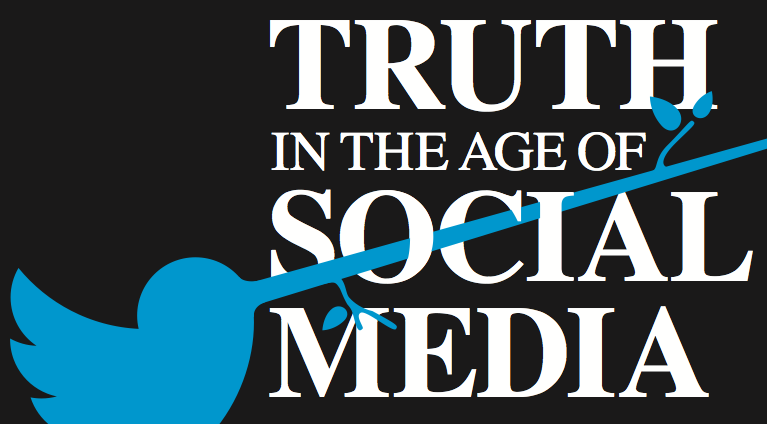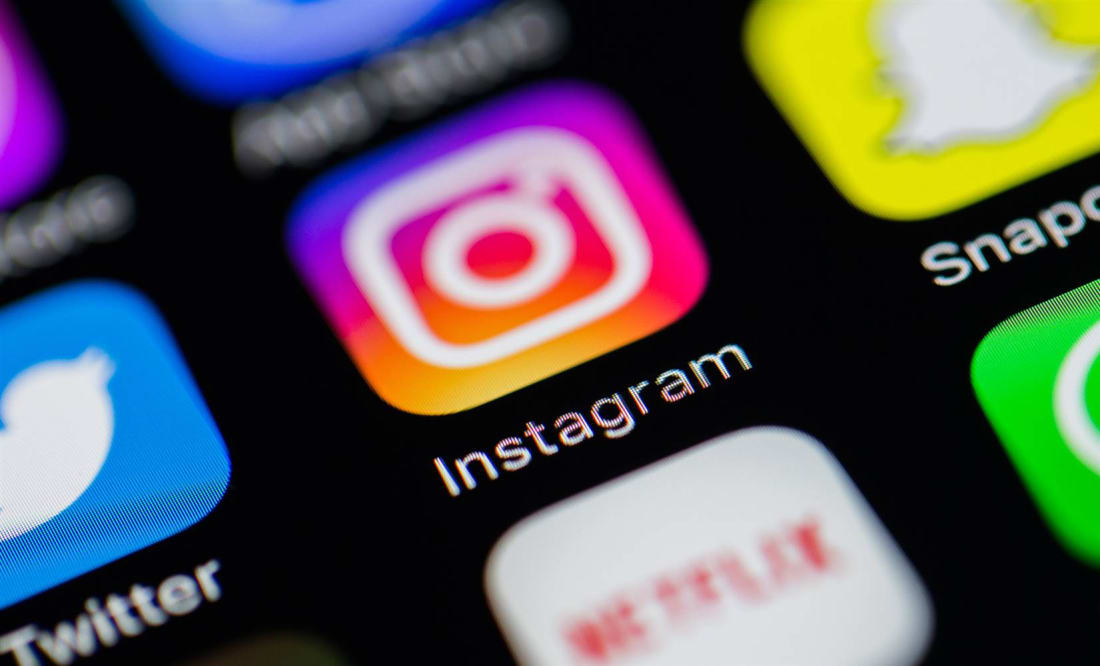We’ve all seen it and many of us have done it. Social media deception is a real thing. Some people post photos of themselves that are so heavily edited it doesn’t even look like them. Now it’s a different matter when it comes to businessess using social media to promote their brand with the help of High quality backlinks, but millenials configuring their own photos is a different matter. I know people that edit out lines, wrinkles, grays and even tattoos. People change eye color, make themselves skinner, change the shape of their face and even post photos of themselves in places they didn’t even go! It’s absurd but this is what the world has come to in the age of social media deception.
My friends at Allianz Travel Insurance conducted another great survey that revealed Millennial travelers are more than twice as likely than Generation X’ers and 7 times more likely that Baby Boomers, to engage in social media deception.
While this doesn’t come as a surprise as the older one gets, the less they care about what others think plus the less they know about technology in general. However, it’s fascinating to read the following findings to further illustrate the issues of social media deception.
More than one third (36 percent) of Millennials (ages 18-34) have aimed to deceive their followers by posting social media vacation images that make trips look better than they are, according to the 10th annual 2018 Vacation Confidence Index, released by Allianz Global Assistance. The study found that 15 percent of Generation X’ers (ages 35 – 54) and five percent of Baby Boomers (ages 55+) have done the same.
Of those who confessed to this social media deception, 65 percent do so in an attempt to make others envious, while 51 percent use it as an opportunity to compete with others who do the same. Of all respondents, guilty of social media deception or not, men are slightly more likely than women to post vacation photos on social media to make friends/family jealous (men: 28 percent and women: 16 percent) and compete with others (men: 22 percent and women: eight percent).
Millennials may be known for their attachment to technology while sleeping, working and traveling, but the new report sheds light on how and why they use social media to document and inspire their wanderlust. Millennials are more likely than any other age group to document their travel on social media, but the reasons for doing so vary: 63 percent post about their vacations on social media to look back on the trip with rose-colored glasses; 58 percent to share photos in which they look best; 52 percent to post photos in which their surroundings look best; 37 percent to make friends/family jealous; and 27 percent to compete with others who post pictures of their own vacations.
Gen X’ers and Baby Boomers are not immune to the lure of social media in order to: look back on a trip (Gen X’ers: 46 percent and Baby Boomers: 23 percent); share photos in which they look best (Gen X’ers: 45 percent and Baby Boomers: 20 percent) and in which their surroundings look best (Gen X’ers: 44 percent and Baby Boomers: 15 percent); provoke jealousy (Gen X’ers: 20 percent and Baby Boomers: nine percent) and compete with others (Gen X’ers: 14 percent and Baby Boomers: three percent).
Ironically, those who have used social media in a deceptive manner are more likely to trust social media posts from users, brands and media. Ironically, the best proof of that is that people use various social media servies to boost their presence. I tried that too, and the best youtube views campaigns I had were from the marketing heaven – just so you know. Of the respondents who posted on social media to make their vacation look better than reality, 87 percent trust posts from people they personally know; 69 percent trust those from brands; 69 percent trust media organizations/news outlets and 60 percent trust social users they do not know personally, including celebrities and social media influencers. Of all respondents, whether or not they’ve engaged in social media deception, 86 percent trust the accuracy of social media posts from people they know personally; 55 percent from brands; 46 percent from media organizations/news outlets and 31 percent from users they do not know.
With the role social media plays in the lives of Millennials, more than half (51 percent) feel that social media posts influence their own travel planning choices. Three in ten Americans of all age groups admit their travel planning choices are somewhat or very influenced by social media posts. Despite the prevalence of social media influencers working with destinations and brands, these respondents are still most influenced by posts of friends and family (63 percent), over posts from media and news organizations (11 percent), users they do not know personally (nine percent) or brands (eight percent).
Half (49 percent) of Americans say Facebook is the social media platform that most inspires them to travel, followed by Instagram (35 percent), Pinterest (19 percent), Twitter (13 percent) and Snapchat (13 percent). More than a third (34 percent) say that social media platforms do not inspire them to travel. Women are more likely to be inspired by Pinterest (25 percent of woman compared to 12 percent of men) and men by Twitter (20 percent of men compared to seven percent of women). If you need the best Instagram related information, Goread.io review can be checked out!
As someone who inspires others to travel, these findings are very interesting but again not very surprising. Vanity and jealousy will always be a part of the social media landscape but when it comes to travel it’s those we know and respect that inspire us the most. That’s what a good influencer does, gets to know the audience and shows them the truth. I always aim to do just that in my life and my travels with whatever I share with the public or my friends.
*Methodology: These are findings of an Ipsos poll conducted on behalf of Allianz Global Assistance. For this survey, a sample of 1,005 Americans from the Ipsos I-Say panel was interviewed from May 2 – 5, 2018. The precision of online polls is measured using a credibility interval. In this case, the results are accurate to within +/- 3.5 percentage points, 19 times out of 20, of what the results would have been had all American adults been polled. Quota sampling and weighting were employed in order to balance demographics and ensure that the sample’s composition reflects that of the actual U.S. population, according to data from the U.S. Census Bureau. Credibility intervals are wider among subsets of the population.
Disclaimer: I work as an ambassador for Allianz Global Assistance (AGA Service Company) and receive financial compensation.













Great post! Thanks for sharing!
sure